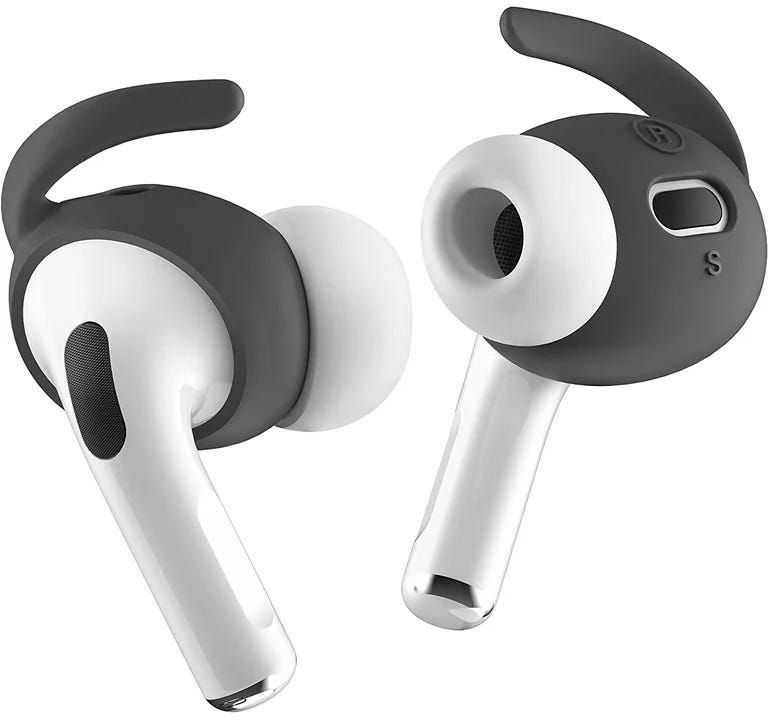Head Tracking Hack: AirPods Meet Studio Cans
Using AirPods Pro as Head Trackers for Studio Headphones
The intersection of consumer technology and professional audio tools continues to yield fascinating possibilities for immersive audio production. In recent years, head tracking has emerged as a crucial component for virtualizing immersive music studio spaces, particularly when working with formats like Dolby Atmos. While dedicated tracking solutions exist in the market, I’ve discovered an intriguing workaround that leverages the sophisticated head tracking capabilities of Apple AirPods Pro for use with professional studio headphones.
The Head Tracking Dilemma
When discussing immersive audio production, the conversation inevitably turns to monitoring solutions. For those working in Dolby Atmos or other spatial audio formats, the ability to track head movement provides a more natural and accurate representation of a virtualized 3D audio environment. This capability allows producers and engineers to experience positional audio cues with greater fidelity, improving mix decisions and spatial awareness.
Apple’s AirPods, particularly the Pro models with the H2 chip, offer remarkably stable and intuitive head tracking. The system works seamlessly with Apple devices and provides excellent tracking accuracy. But, as many audio professionals have noted in response to my earlier videos, AirPods aren’t ideal for serious listening during production. Their frequency response, isolation characteristics, and overall sonic signature simply don’t meet the standards required for professional audio work.
This creates an interesting technical challenge: how can we harness the excellent head tracking capabilities of AirPods while continuing to use our preferred studio headphones for accurate monitoring?
A Simple but Effective Solution
The solution emerged during a conversation with Daniel Rudrich, the developer of Headitude, an application that extracts orientation data from Apple AirPods and converts it into OSC messages for digital audio workstations or the Dolby Atmos renderer. Daniel mentioned that one of his colleagues had 3D printed an attachment for mounting AirPods to studio headphones, using them solely as head tracking devices.
While 3D printing presents an elegant solution, I discovered an even more accessible approach using silicone ear hooks—the same type designed to keep AirPods securely in place during physical activities. It is easy to adapt these inexpensive add-ons into mounts for AirPods on studio headphones.
The implementation is remarkably straightforward:
Begin by turning off automatic ear detection in your AirPods settings. This prevents the AirPods from deactivating when they’re not placed in your ears. Navigate to the Bluetooth settings for your AirPods Pro, locate the automatic ear detection option, and toggle it off.
The next step is to attach the silicone ear hooks to your studio headphones. The attachment method depends on your specific headphone model and how permanent you want the connection to be. In my case, a simple piece of Velcro provided sufficient stability while allowing for easy removal when not needed.
To finish, place the AirPods in the ear hooks, securing them to your studio headphones. This creates a hybrid system where the AirPods provide positional tracking data while your studio headphones deliver high-quality audio.
If you are using Headitude, you must calibrate the setup within Headitude to establish a proper reference point for head position. Once calibrated, the system tracks the orientation of your studio headphones with accuracy sufficient even for professional applications.
Audio Routing Considerations
One critical aspect of this setup involves proper audio routing. Because your computer sees your AirPods as an audio output, make sure that your audio is routed to your interface, not the AirPods. This is configurable either in your system audio settings or in your Digital Audio Workstation.
The process essentially decouples the AirPods’ tracking functionality from their audio reproduction capabilities, allowing each device to focus on what it does best: accurate spatial tracking from the AirPods and high-quality audio reproduction from your studio headphones.
Expanding Possibilities
This solution also works for other devices besides the AirPods Pro. Any Apple earbuds equipped with the H2 chip support this functionality, including the newer AirPods 4 and certain Beats products like the Beats Fit Pro or the Powerbeats Pro 2. This broadens the accessibility of the approach for professionals who might already own compatible devices.
The technique represents an interesting convergence of consumer technology and professional audio requirements. By repurposing devices designed primarily for casual listening into precision tools for immersive audio production, we can create cost-effective solutions that enhance our workflow without sacrificing audio quality.
For a more in-depth look at this technique, check out my accompanying YouTube video; it shows the complete setup and the system in action.



